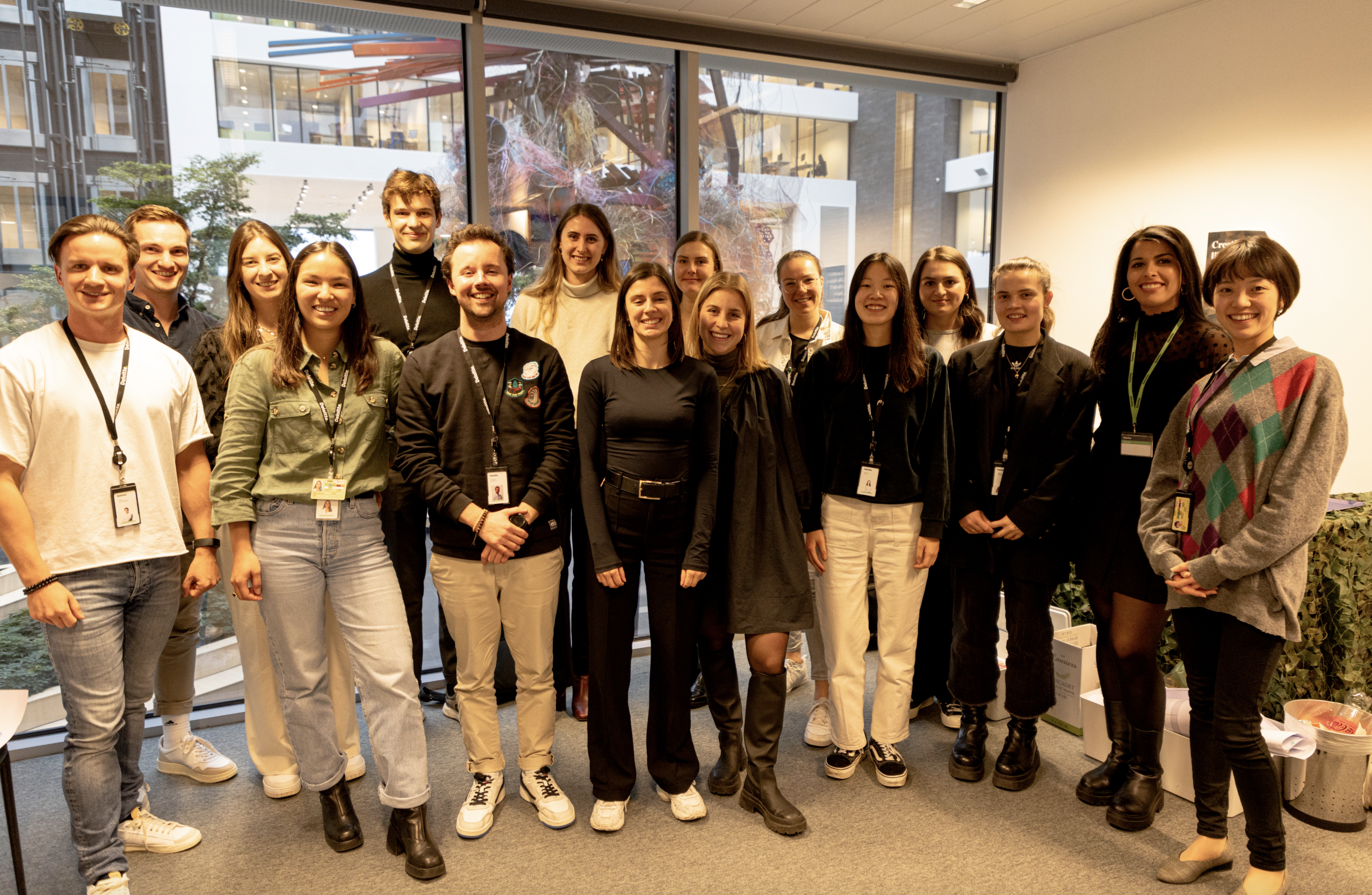Every day we see new sectors and interactions that were traditionally physical being modernized into becoming digital. Now we can call a taxi, immediately translate real-time text or travel just by using a mobile app. Lots of industries were disrupted by this digital transformation and every company that wishes to remain relevant in the current market needs to go digital.
Digital transformation is the integration of digital technology into a business, changing the way a company operates and provides its services or products. But not only the technology needs to change for this to happen: the mentality of the employers (and especially its leader) needs to become more digital to succeed to achieve a real digital transformation.
Nowadays, for a company to survive in the digital market there has to be an alignment between the mindset and motivations to go digital, and then the technology per se. The journey for the perfect balance between the company mindset and digital technologies will be the “make or break” opportunity to create an impactful experience with their clients.
Emotional Intelligence and its importance
As mentioned earlier, an organization’s mindset transformation needs to be reached to achieve digital transformation. A company has to keep into account the different motivation factors and backgrounds from their employees in an individual order to understand how to truly create a company digital mindset.
You can use the best digital technologies, explain clearly the company’s objectives with the best plan possible to disrupt your industry, but if you can’t convince a department or a part of your organization about the true added value of the changes in your business, there will be some growing pains and in some cases, a full-on stop in your company’s digital transformation. Here enters the importance of Emotional Intelligence.
Let’s discuss two different scenarios:
- The CEO of company A wants its company to catch up with the current trends and become more digital. So he proceeds to hire the top technical talent in the industry to start right away in the brand new digital sector of the company. The remaining employees are informed about the hirings and the company new goal and strategy to become more digital but are left without a clue in how to work with these new technical employees, what will they do and if they’re here to replace them.
- On the other hand, in company B the CEO understands that you cannot transform immediately your company and just make them follow his own decision, so he arranges meetings with all his different departments, approaches the digital transformation he wants to achieve and proceeds to listen to all its employees’ concerns. Several meetings will follow and even some training so that the employees can understand the real added value of the organization’s new mindset, understand their role in it, and understand the role of newcomers or new technology implemented. After the company aligns its direction and goals, it’s ready to take the next step in the journey to digital transformation.
Needless to say which of the companies succeeded, right?
This simple example introduced the importance of emotional intelligence as a key factor for digital transformation: the CEO leading the way with his vision and plan to transform the company, and listening and trying to understand his employers’ feelings, fears and concerns to solve them and make the company move together in the same direction. This ability to understand and share the feelings of another is the definition of empathy, one of the most important characteristics in Emotional Intelligence to start a digital transformation.
Be emphatic…
The easiest way to practice empathy is to put yourself in the other person’s shoes and consider his / her different point of view. Not everything is black and white, everyone has their unique perception of reality and has a different thought process and response to any specific situation.
The way you see the world is heavily influenced by your own past experiences and is perfectly normal to have two different people arguing with opposite points of view but both being right. When someone understands that there is no need in pursuit or push for the absolute truth and starts focusing more on the relationships they build, instead of pushing his expectations into other people, everyone’s experience and goals will be aligned and as pleasant as could be.
Either a leader trying to set its own company in the right direction, or a consultant trying to convince a client on the necessity to transform their business, the existence of an empathic relationship will always be key to long-term real success. Although, it is not easy to achieve true empathy: your body language and your tone can tell more about your feelings than your own words. Only until you seek to listen and understand the others through empathic listening, then you can present your ideas clearly and be understood.
…And build your relationships
Building solid relationships is important for every aspect of your life, and for business, it wouldn’t be any different. Emotional intelligence is mandatory to understand the needs of your employees and clients and create the necessary synergy to perform a digital transformation of the business. The bad news is that to truly be empathic is not as simple as it seems, and it requires a deep and real commitment from you. The good news is that you can practice and work on it with literally every interaction you have in your life.
So, if you want to start your journey into digital transformation, you already know that the best way to begin is to work on your emotional intelligence and see how important the meaningful and solid relationships you build will be for your success. Maybe the real key enabler was making friends with the people you met along the way?
In the Digital Studio our service designers create empathic relationships as a daily job. Make sure to check what’s in the bag of a service designer to have an insight on the tools needed by my colleagues to build these relationships.




